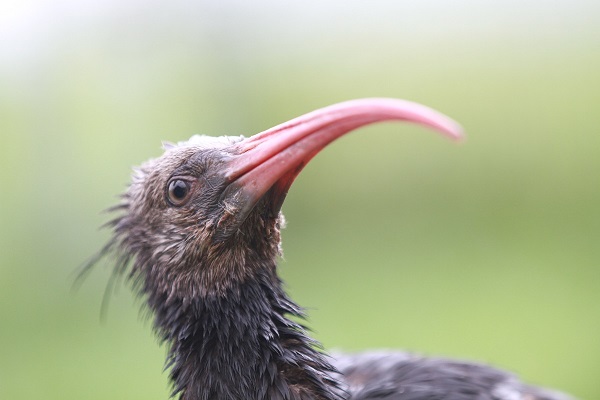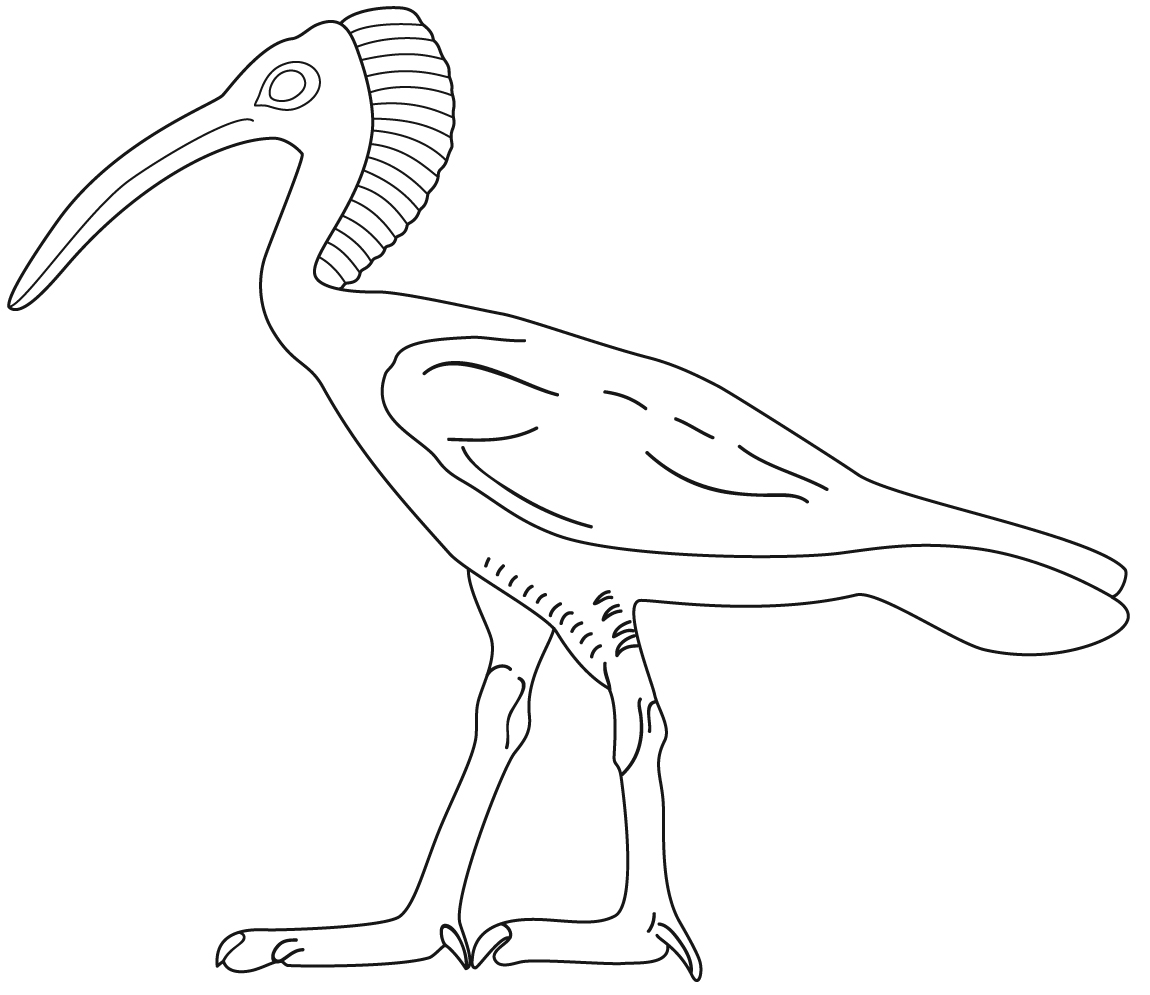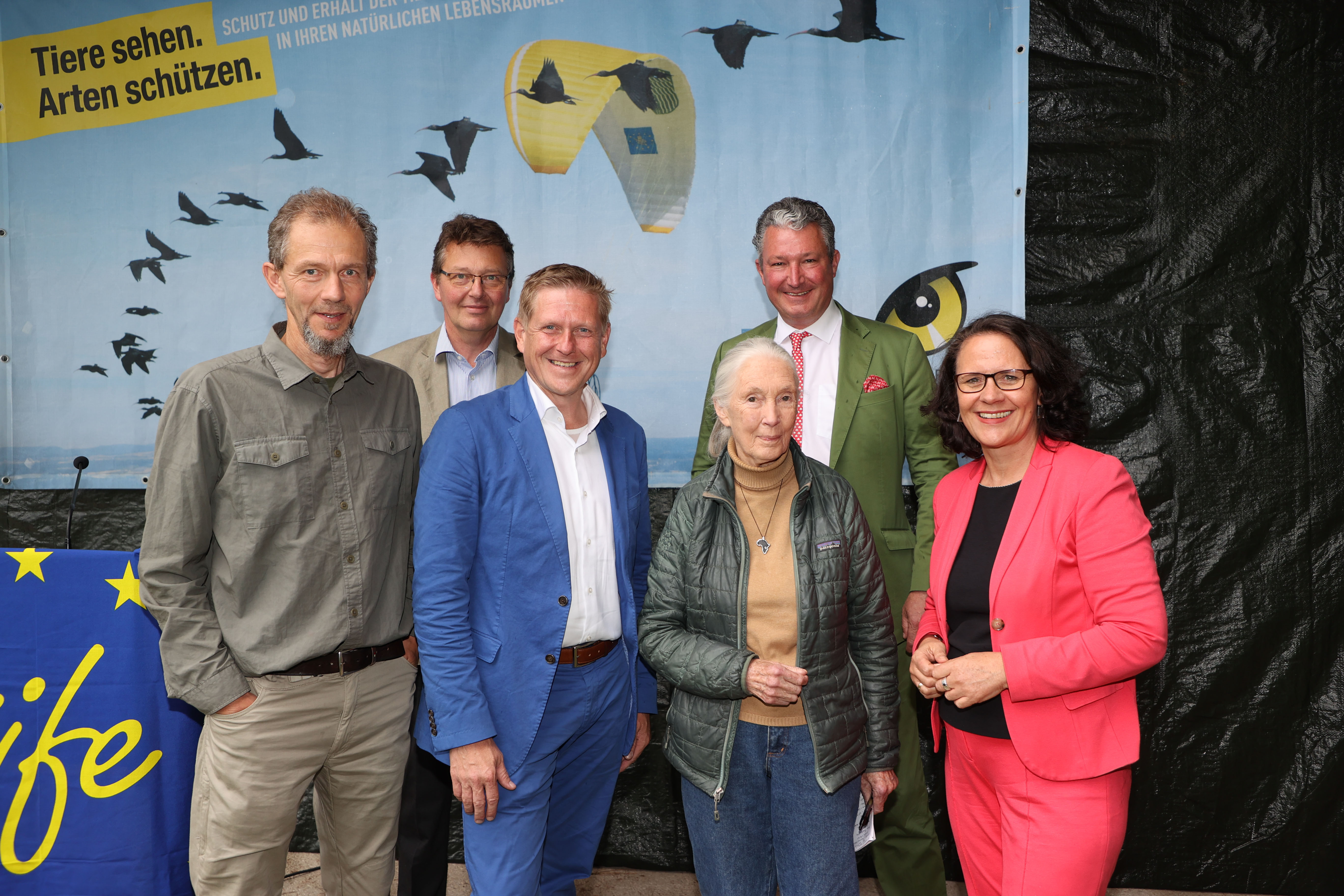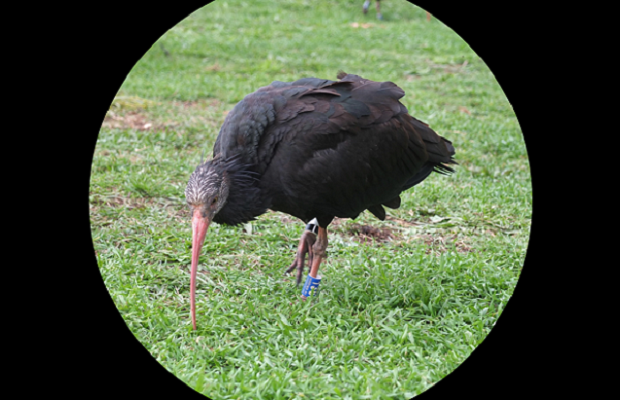


Reason for Hope
One of the largest european species conservation projects
The Northern Bald Ibis is a migratory bird which was native in Central Europe until the 17th century, before it became extinct due to the huge hunting pressure. Today the Northern Bald Ibis is one of the most endangered bird species worldwide. In the context of an EU project (LIFE+ Biodiversity), with partners in Austria, Italy and Germany, the species is to be reintroduced in Europe.

Tracing the Fate of the Northern Bald Ibis Over Five Millennia: An Interdisciplinary Approach to the Extinction and Recovery of an Iconic Bird Species
Newsletter 21/06/2022
We recently published a paper together with the Egyptologist and our longtime friend Jiří Janák from the Czech Institute of Egyptology at the Charles University in Prague. Jiří has been researching the mythological significance of the Northern Bald Ibis in ancient Egypt for years. In order to be able to interpret the Egyptian depictions, he got in contact with us. This led to an exciting interdisciplinary research, which we published in this paper later on.

Reason for Hope: Visit from Jane Goodall
Newsletter 13/06/2022
In the last week, Jane Goodall visited the European LIFE Northern Bald Ibis project. This famous and charismatic scientist revolutionized our society’s thinking about the relationship between humans and animals with her field research on chimpanzees in the 1960s. Jane Goodall DBE and UN Messenger of Peace, is regarded worldwide as a beacon of hope who, even at the age of 88, is still committed to a world worth living in for people, animals, and nature with unbroken optimism.

Offspring everywhere
Newsletter 01/06/2022
This year we have Northern Bald Ibises of the European release population breeding at four different sites. The most established breeding colonies are in Kuchl, Country of Salzburg (AUT), and in Burghausen, Bavaria (GER). On both sites, birds are breeding at six nests. In the newly established breeding colony Überlingen, Baden-Württemberg (GER), this is the second breeding season with a very pleasing number of seven nests. Furthermore, we have a first breeding pair in our newly established breeding colony in Rosegg, Carinthia (AUT).

Sightings





